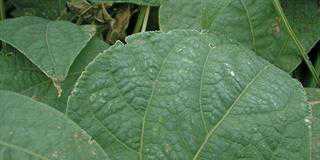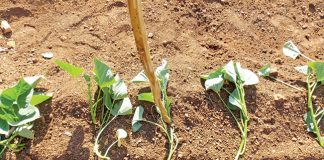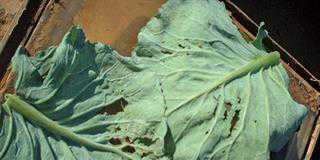The process can be slowed by cold storage and other means, but it cannot be stopped. Generally, fresh produce with a high moisture content, such as strawberries, will decay faster than produce with a lower moisture content, such as butternut. But the end- result is always the same.
Needless to say, senescence introduces a significant dynamic into the negotiations between buyer and seller on the market floor. Both are aware that the process is underway and the produce must therefore be sold – the sooner the better.
The market agent does not have the luxury of a product that can remain on the shelf indefinitely.
This places pressure on the price regardless of whether the market is under- or over-supplied. But this can work both ways – to the advantage of the buyer or the advantage of the farmer.
Examples of senescence at work
Take lettuce, for example. Every market agent knows that lettuce is ‘fresh’ only on the first day. If it’s not sold and is carried over to the next day, it becomes ‘old’ lettuce, at a lower price.
Add to that the arrival of fresh lettuce each morning and the agent is soon in a predicament; he cannot maintain the ‘first-day fresh’ price, yet still wants to keep his client, the farmer, happy.
Nectarines are another example of senescence influencing prices. This is a popular fruit and the buyer needs it for his store. However, it has a relatively limited shelf life, so buyers are usually prepared to pay extra to get it.
An ever-present factor
Many factors, such as market gluts or shotages, come into play when sales are made on a market floor. But make no mistake, senescence is present, creating a hidden pressure on the price of fresh produce.
It may not be as significant in an under-supplied market, but it never disappears. And when there is an over-supply, it plays a greater part because produce is not moving as quickly.













